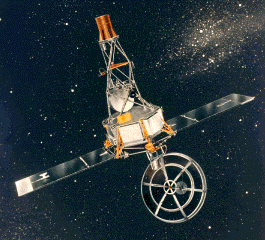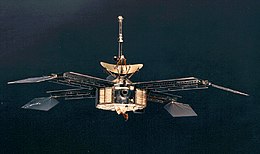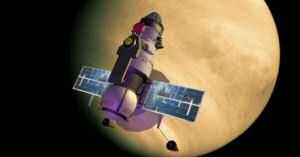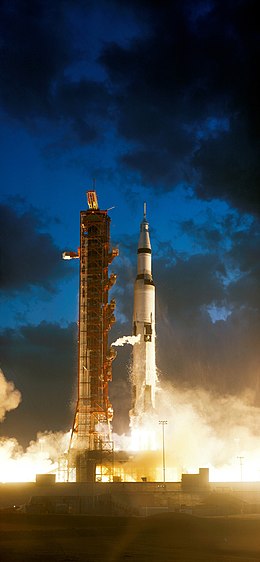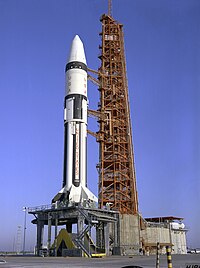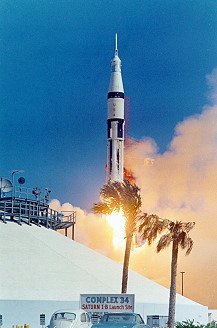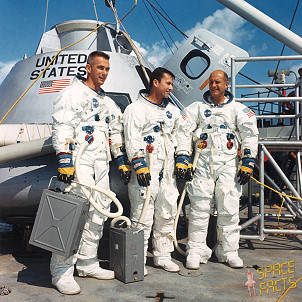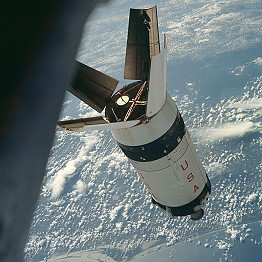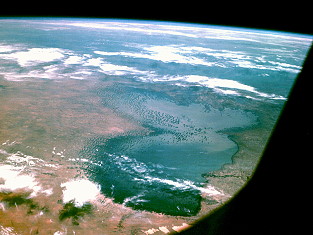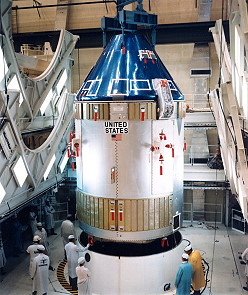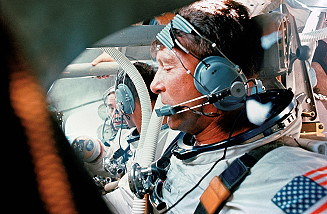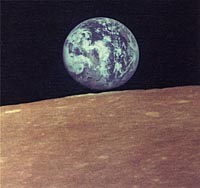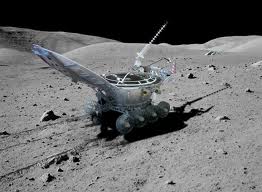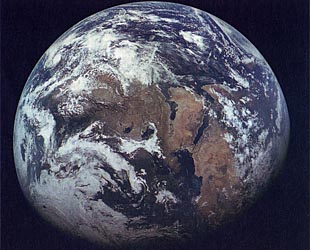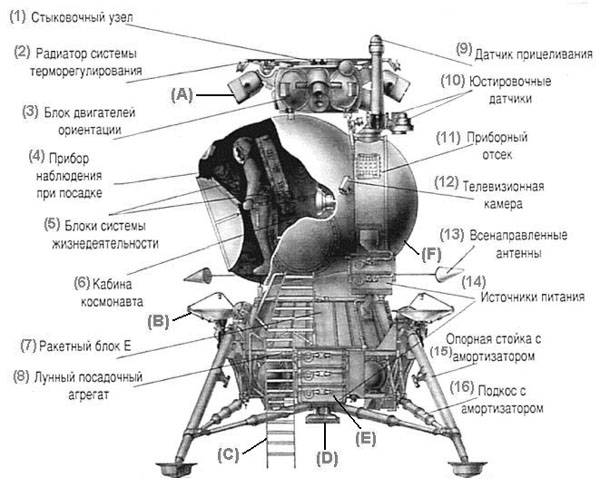Some in deep View on „Nositjel“ and how i design it for ASTO 2.0
i make sure that the Korolev's R-9 ICBM got Kuznetsov engine and they work as „Nositjel“ are take by MoM
next the NK-15 have higher Thrust, reducing to ring of 16 engine in Block A later it became 22 engine in 1966
but i make sure there were NO engines in center of Block A base like OTL
The Original N3 had to use the third and fourth stages of the N1, and the second stage of Korolev's R-9 ICBM.
I replace it by Block D in 1966, what increase the Payload especial with restart of Block D after cruse to destination orbit.
a surprise was for me that N1 in fact skinned it self after stage separation, by jettison the Aerodynamic engine cover !
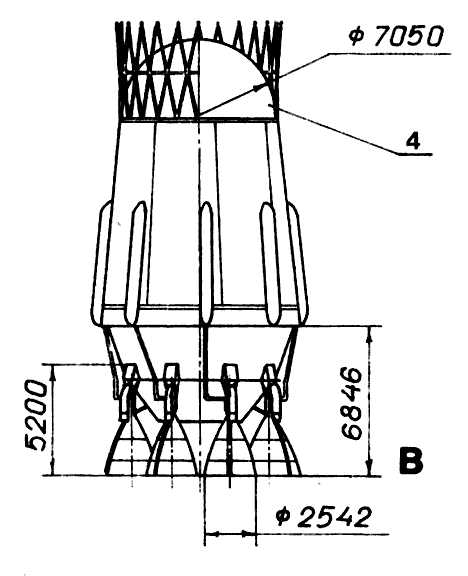
more information read the best Book about N-1 rocket
N-1: For the Moon and Mars
Matthew Johnson, Nick Stevens, Alexander Shliadinsky, Igor Bezyaev and Vladimir Antipov
Arapress
ISBN 978-0-9899914-0-7
on Dathi THorfinnsson remark "why to replace the R-7 ?"
The R-7 was original a ICBM what became launcher with allot of problems, especial in 1964 with R-7 Molniya version.
but there was no alternative for it in 1960s and it's 1990s successor had to be the Zenit rocket, but the Collapse of USSR made that a Ukraine rocket and Russia stay on R-7 Soyuz-2 until Angara finish it's test flights.
Also was problem to production cost and launch cost of R-7 version together UR-500 how need it own infrastructure for it Toxic fuel.
in ASTO the „Nositjel“ modular approach is take instead,
while using Kerosene and Liquid oxygen infrastructure already installed, dropping the expensive "Toxic Bandwagon" UR-500 infrastructure.
and Production cost on one modular rocket system reduce the manufacture cost and Launching cost compare keeping the R-7 and UR-500 together !
also play the R-7 Molniya problems and Chelomei arrooancy also a little role, in the decision over to take N1/N2/N3 family in 1962.
on Dathi THorfinnsson remark " Umm... They admit to shit floating around the cabin (worst case), but not to the cosmonauts having broken bones? That seems ... improbable to me."
Apollo 10 had similarly problems with feces floating around the cabin what became public, while the LM malfunction was play down by NASA...
i make sure that the Korolev's R-9 ICBM got Kuznetsov engine and they work as „Nositjel“ are take by MoM
next the NK-15 have higher Thrust, reducing to ring of 16 engine in Block A later it became 22 engine in 1966
but i make sure there were NO engines in center of Block A base like OTL
The Original N3 had to use the third and fourth stages of the N1, and the second stage of Korolev's R-9 ICBM.
I replace it by Block D in 1966, what increase the Payload especial with restart of Block D after cruse to destination orbit.
a surprise was for me that N1 in fact skinned it self after stage separation, by jettison the Aerodynamic engine cover !

more information read the best Book about N-1 rocket
N-1: For the Moon and Mars
Matthew Johnson, Nick Stevens, Alexander Shliadinsky, Igor Bezyaev and Vladimir Antipov
Arapress
ISBN 978-0-9899914-0-7
on Dathi THorfinnsson remark "why to replace the R-7 ?"
The R-7 was original a ICBM what became launcher with allot of problems, especial in 1964 with R-7 Molniya version.
but there was no alternative for it in 1960s and it's 1990s successor had to be the Zenit rocket, but the Collapse of USSR made that a Ukraine rocket and Russia stay on R-7 Soyuz-2 until Angara finish it's test flights.
Also was problem to production cost and launch cost of R-7 version together UR-500 how need it own infrastructure for it Toxic fuel.
in ASTO the „Nositjel“ modular approach is take instead,
while using Kerosene and Liquid oxygen infrastructure already installed, dropping the expensive "Toxic Bandwagon" UR-500 infrastructure.
and Production cost on one modular rocket system reduce the manufacture cost and Launching cost compare keeping the R-7 and UR-500 together !
also play the R-7 Molniya problems and Chelomei arrooancy also a little role, in the decision over to take N1/N2/N3 family in 1962.
on Dathi THorfinnsson remark " Umm... They admit to shit floating around the cabin (worst case), but not to the cosmonauts having broken bones? That seems ... improbable to me."
Apollo 10 had similarly problems with feces floating around the cabin what became public, while the LM malfunction was play down by NASA...
Last edited:
